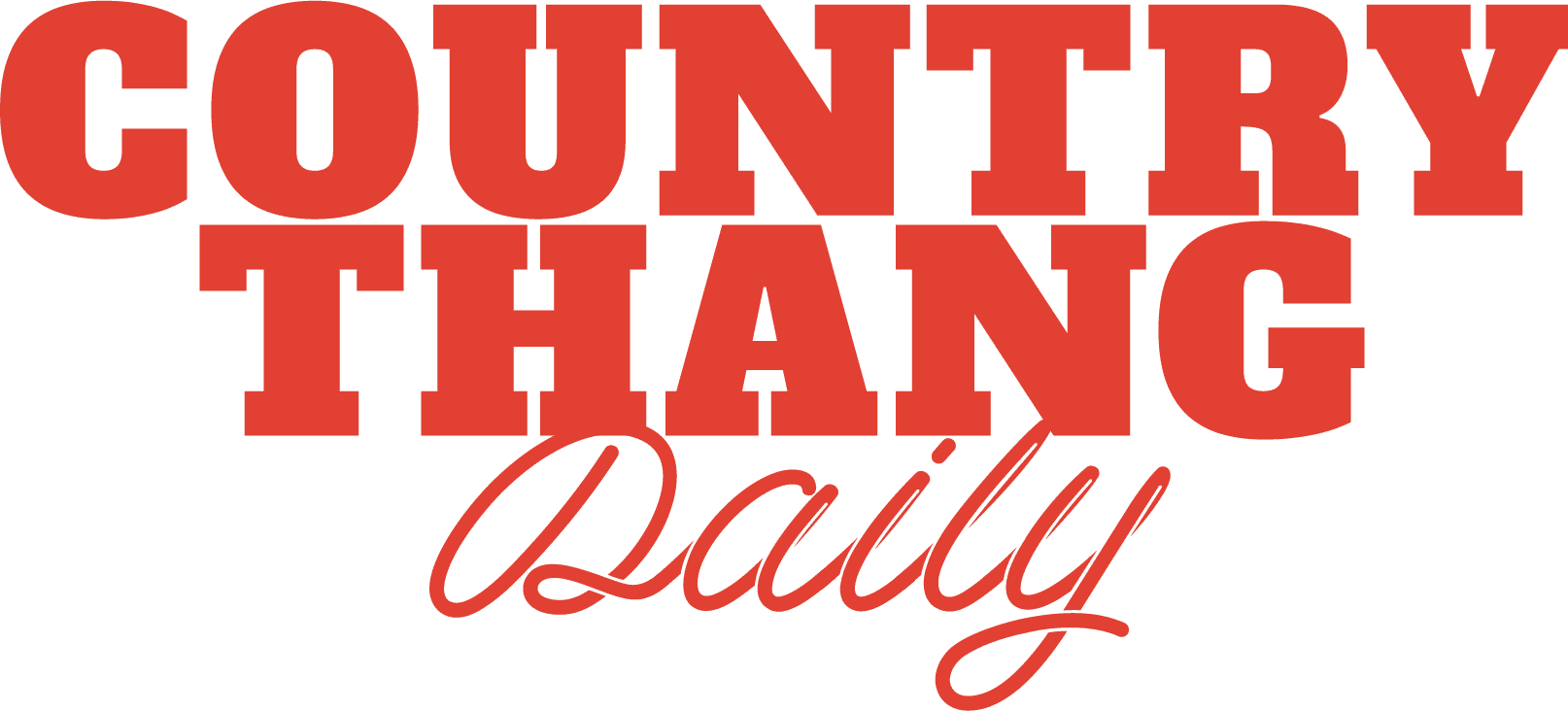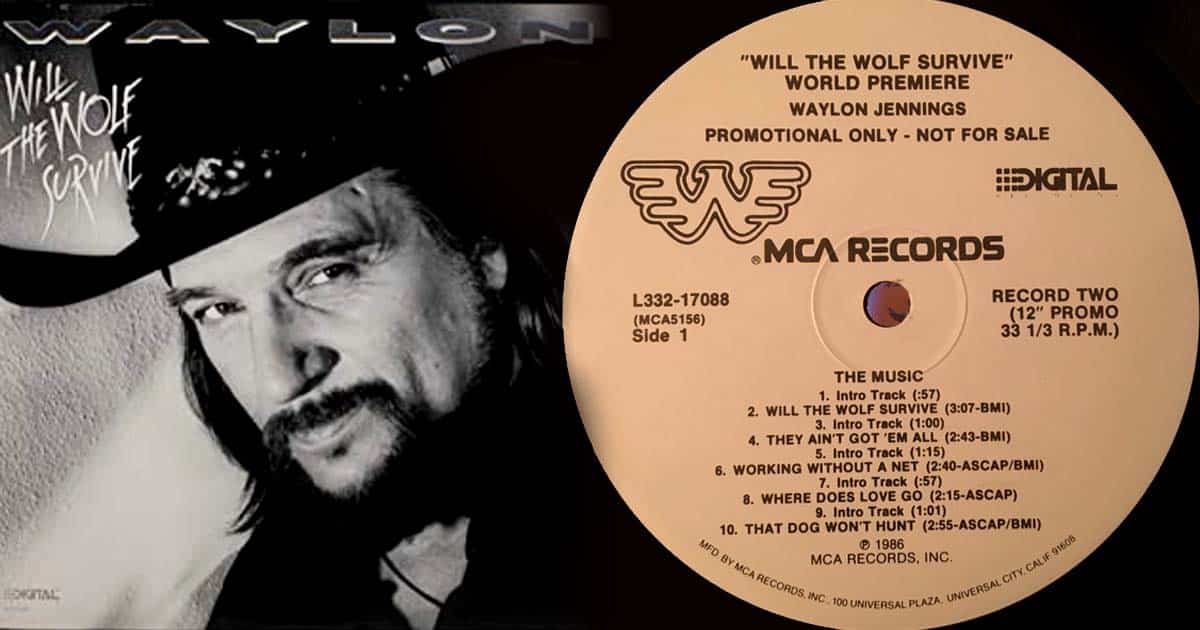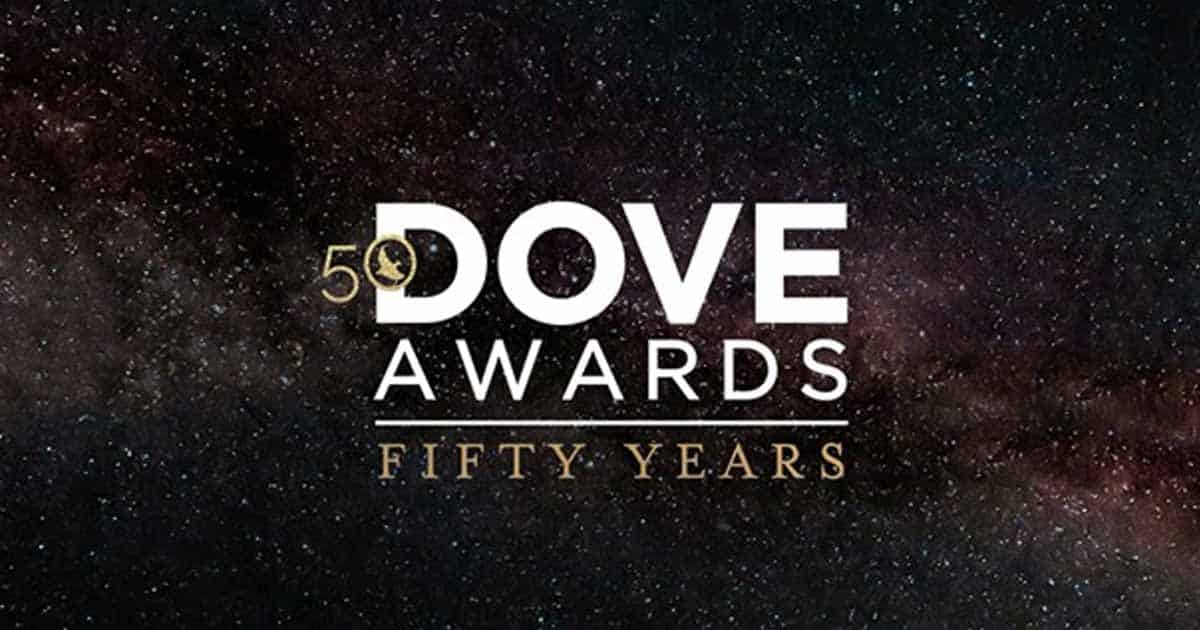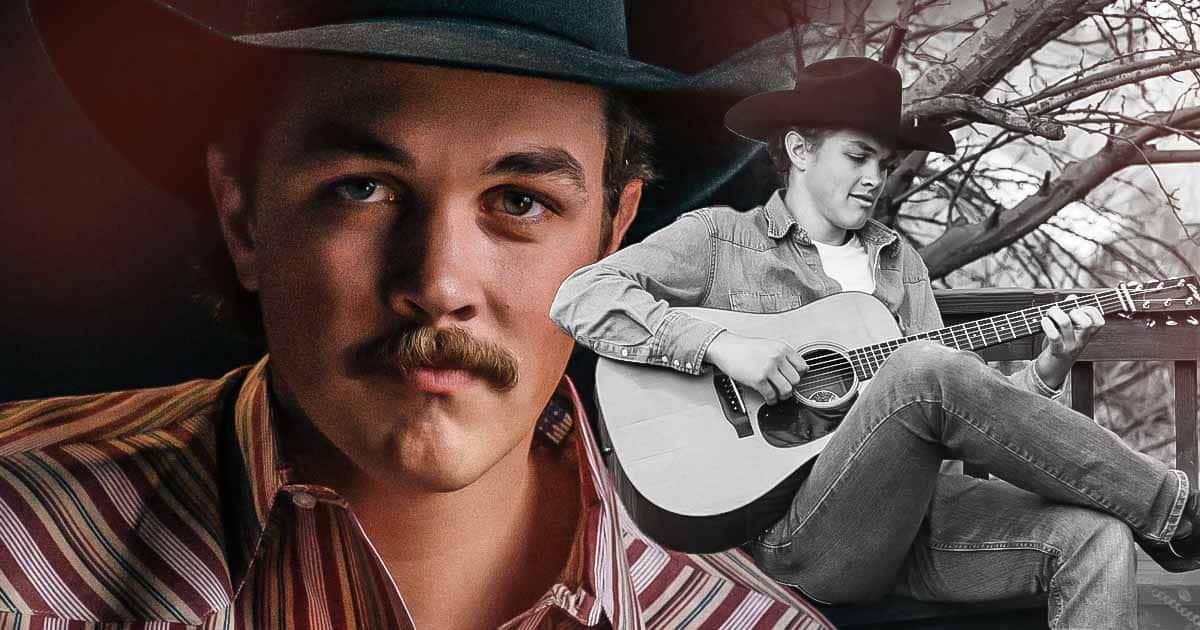“Will the Wolf Survive” was Waylon Jennings’ debut album released under MCA Records after transferring from RCA. This also served as Waylon’s fresh start in his career.
A New Sound for Jennings
Jennings had been recording and producing music with RCA records since 1966. Waylon dominated the country charts for most of the ‘70s and ‘80s. But circumstances happened that halted Jennings’ success. He then decided to move to MCA Records and released his debut album, “Will the Wolf Survive ” produced by Jimmy Bowen.
Bowen played a big role in the rejuvenation of Waylon’s career when he introduced the artist to the sound of country-outlaw. Jennings had become drug-free for two years prior to the album’s release.
His collaboration with the successful Highwaymen, which included fellow country stars Willie Nelson, Kris Kristofferson, and Johnny Cash helped him to re-surfaced to the public scene.
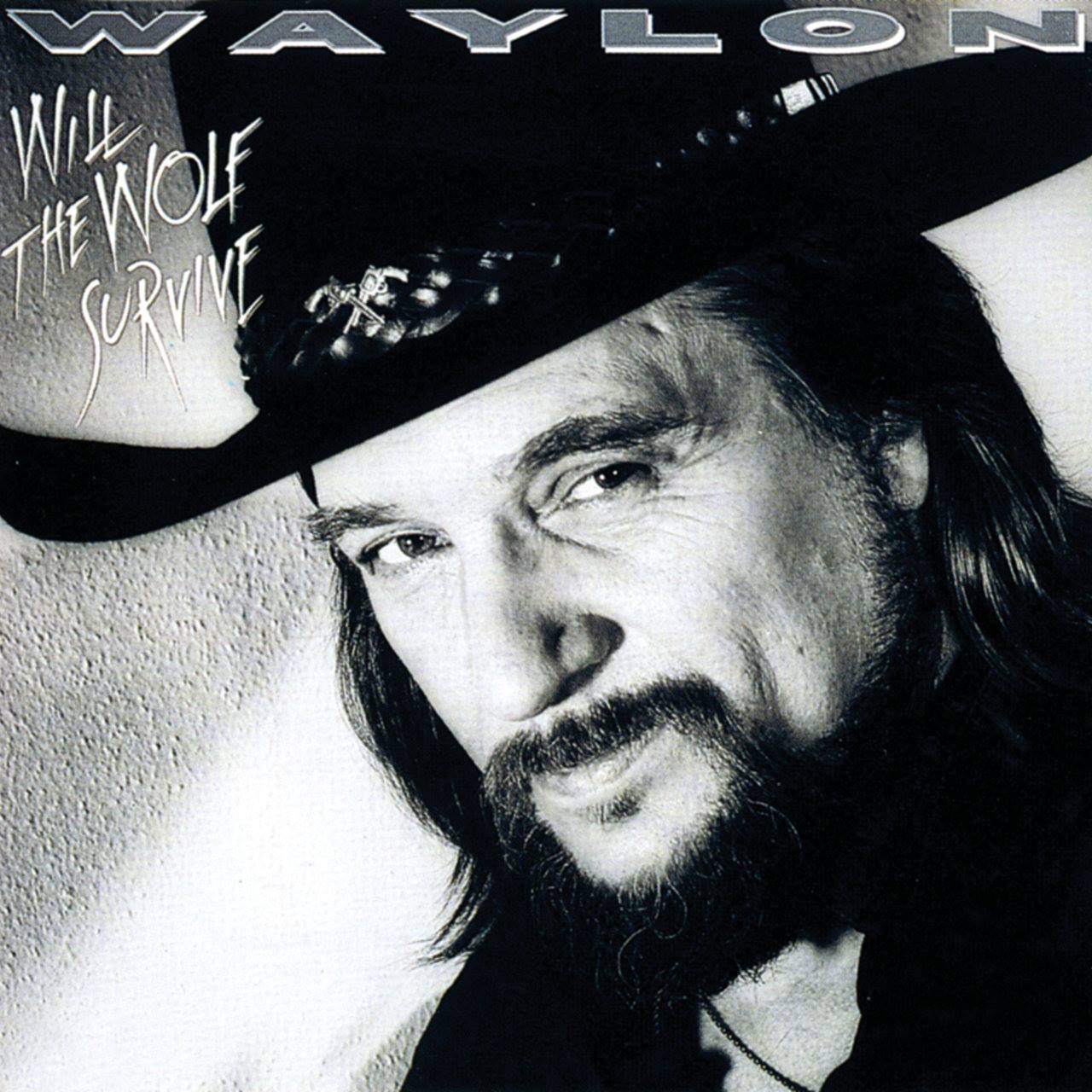
Source: Waylon Jennings (Facebook)
“Will the Wolf Survive“
Waylon Jennings’ “Will the Wolf Survive” featured a different musical approach from what people were used to hearing from the artist. It featured a more elaborate musical arrangement that was far from the hard-driving records Jennings first recorded.
When it seemed that Jennings’ old fire is becoming a thing in the past, “Will the Wolf Survive” surpassed all expectations and brought a new surge of success for Jennings. The influence of Bowen to Jennings music was evident in some tracks including “Where Does Love Go” and “Suddenly Single.”
The title track, “Will the Wolf Survive,” that was originally performed by Los Lobos, gained the most attention as it peaked at number 5 on the country charts. The song also reflected the struggles Jennings had faced for the past years including his battle with the music industry and his own sobriety.
Other songs included in the album also charted including, “Working Without a Net” which peaked at number 7 and “The Devils Right Hand,” the song which also introduced Steve Earle to the world.
“Working Without a Net“
“Working Without a Net” is a song written by Gary Nicholson, John Barlow Jarvis, and Don Cook. The song was the third track in Waylon Jennings’ debut album “Will the Wolf Survive.”
The song was released in February 1986 and it peaked at number 7 on the Billboard Hot Country Singles &Tracks Chart. The song reflected the experience that Jennings had from tours.
Earlier in his career, Jennings would spend enormous days doing concert tours. At a certain point in his career with RCA Records, the tours that he had were unproductive as the agency arranged tours in venues that were far from each other but with dates that were so close.
Consequently, Jennings was buried in debt as he often had to ask for cash advances to pay for his accommodations and other expenses on the road. This included him being trapped in the use of amphetamine.
“The Devils Right Hand“
“The Devils Right Hand” has a strong message to anyone listening who happens to own a gun. It states that the irresponsible use of a gun would only lead you into a lot of trouble, but it will never show you the way out.
In the song, the storyteller failed to take his mother’s advice to not carry a pistol around. His youthful fascination with the “glorification of the gun” led him to kill a man after being cheated at cards. The man would later on present a defense that the authority got the wrong man. He reasoned that “nothing touched the trigger but the Devil’s right hand.” This defense was considered as insanity in the 20th century but was enough to sway the jury during the 19th century.
Jennings first released his version of the song before Steve Earle did. Jennings and Earle had a strong bond as friends. Jennings paid honor to Earle when he wore a bandana like what Earle usually does in one of his stints in prison.
Jennings also did another recording of the song in 1995 with his Highwaymen buddies, Kris Kristofferson, Johnny Cash, and Willie Nelson.
